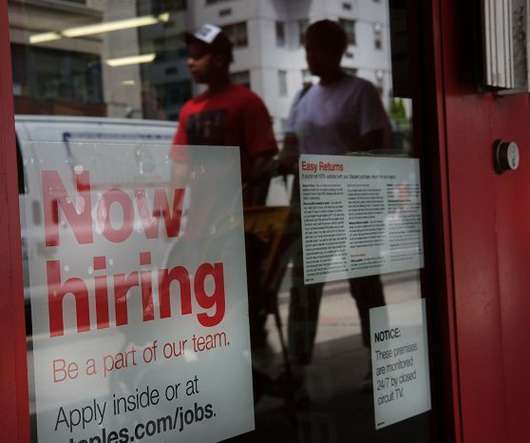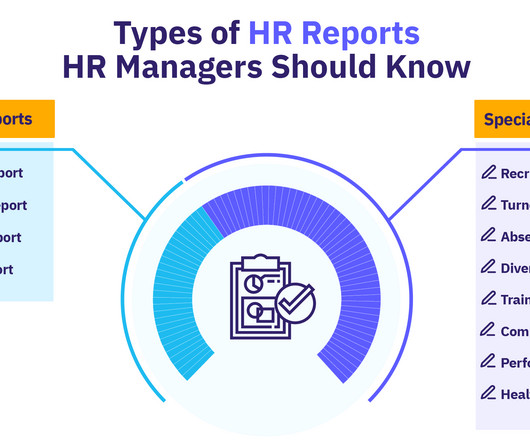Talent Acquisition vs. Recruitment: The Differences and HR’s Key Role
Analytics in HR
APRIL 4, 2023
Whether you are considering talent acquisition vs. recruitment, both are critical to the organization’s success. Contents Talent acquisition vs. recruitment: What HR should know What is talent acquisition? Contents Talent acquisition vs. recruitment: What HR should know What is talent acquisition?


























Let's personalize your content